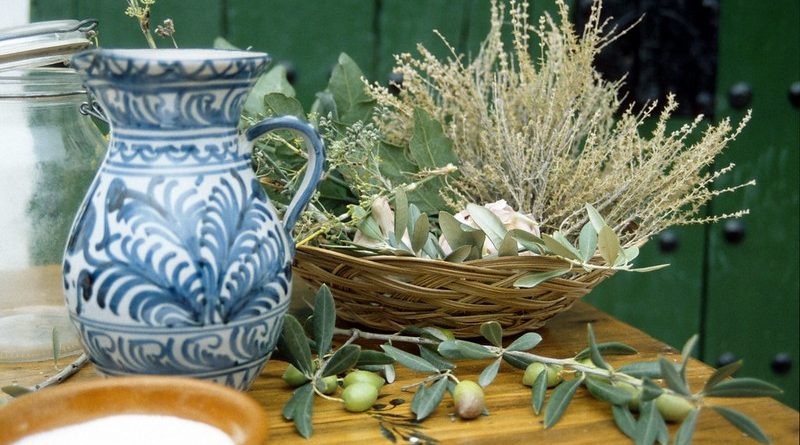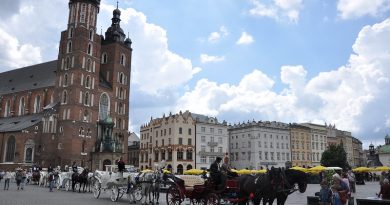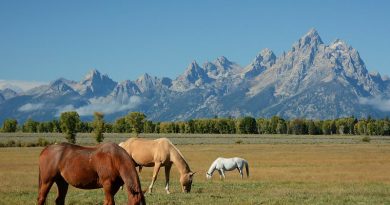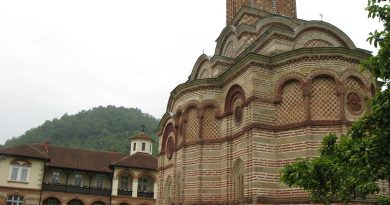Southern Spain Guide
Southern Spain is well loved for its warm Mediterranean climate and its magnificent cities such as Grenada, Seville, and Córdoba. Other highlights include delicious regional cuisine, world renowned wines, soulful flamenco dancing, vast areas of ecologically rich nature reserves, beautiful beaches, and rich architecture. Castles, palaces, fortresses, old ports, and white washed villages grace the countryside, cities, and towns across the region.
In Andalucía, historical landmarks reflect a dizzying matrix of Moorish palaces, Phoenician ports, enormous Gothic churches and more. The food, like the monuments and the way of life, also reflects many layers of different cultures that have left their mark on this sun blessed stretch of southern Spain.
The area has many protected natural environments, including nature reserves, designated biospheres, and two national parks – Doñana National Park and Sierra Nevada National Park. The park, which covers areas in the regions of Huelva, Cádiz, and Seville, is well known for its spectacular bird life – both residents and migratory birds can be spotted, as well as the endangered lynx.
Dance and culture are vibrant elements of everyday life in southern Spain. The sun casts beautiful light over the glistening sea, pristine pueblos, colorful flower-laden patios, and ancient castles. Lively fiestas are regular occurrences, and every evening is reason to celebrate with friends in this beautiful setting.
People
The people of south Spain share the Mediterranean trait of enjoying life to the fullest, taking time to rest in the afternoon (siesta), and indulging without guilt in long leisurely meals with friends accompanied by excellent local food. Time spent with friends and family is valuable, and family ties are strong. Children and the elderly are as much a part of the family system as anyone else. The culture is a social one, and people are generally very friendly and welcoming.
Shoulder to shoulder tapas style scenes unfold nightly in lively tapas bars throughout the region. Lively flamenco dancing, one of the most soulful and expressive dances there is, is exhibited in small, dimly lit restaurants to accompanying guitar music and an enraptured audience.
Time passes freely in southern Spain, and punctuality is not generally considered very important outside of the corporate world. Days are fully enjoyed, and there is a common attitude when something needs to be done that it can often be put off until ‘tomorrow’ (which may mean later, or never).
Food
The food of southern Spain is quite varied, with Mediterranean staples such as olives, grapes for wine, seafood, and various seasonal fruits and vegetables making regular appearances in dishes and tapas across the region. Each region or town has its own specialties – usually many of them. Fish and seafood are prevalent in coastal areas, and inland meats such as goat and game are popular.
The cuisine is thoroughly rich and diverse, with a plethora of unique and interesting recipes for the visitor to encounter at each stop.
Málaga, with its long coastline, is known for a dish of fried fish and shellfish called fritura Malagueña. The food of Granada has notable Arabic influences, evident by its use of plenty of spices, and the appearance of some dishes that combine sweet with savory. The cuisine of Cádiz features plenty of seafood, as well as game, soups, and stews.
Gazpacho, chilled soup with bread, garlic, and vegetables, most often with a base of tomatoes, is a refreshing specialty throughout Andalucia. Córdoba, located in central southern Spain, specializes in a variant of gazpacho called salmorejo, which is thicker than traditional gazpacho, and can be topped with boiled eggs and ham. The Córdoba region also features many game dishes and flavorful stews.
In Seville, where tapas rule, visitors should try the popular huevos a la flamenco – a satisfying dish with baked eggs, peppers, and chorizo.
The area around Jaén is famous for its olive oil, which is a certified D.O. (Denominación de Origen) product, verifying its superior quality. The region also has many other noteworthy dishes, including torrijas – bread soaked in wine or milk, dipped in egg, fried in olive oil and topped with cinnamon and sugar or a thick syrup.
The wines of southern Spain are many and of good reputation. Jerez is the birthplace of sherry, and Málaga is known for its sweet fortified wine, made from the grapes Pedro Ximénez and Moscatel.
Currency
Euro
Travel
Buses and trains are well connected between major cities throughout southern Spain. Regular services from other major cities such as Madrid and Barcelona are available. Buses also connect some smaller towns, and are an efficient way to travel in southern Spain. Car rental and taxis are available. There are six international airports in southern Spain, including those in Malaga, Almeria, Seville, Granada, and Jerez.
Language
Spanish
Health
Southern Spain is a relatively healthy place to visit. Many people find the warm climate and relaxed pace of life to be therapeutic. The region has many clinics and hospitals. The most common complaints by travelers tend to be sun burn or sun stroke, and stomach upset due to the change in diet. Stay hydrated, protect yourself from the sun, and avoid over exhaustion.
Crime such as pickpocketing and theft does sometimes occur, particularly in crowded areas in bigger cities, and around train or bus stations. Traveler’s would be wise to keep their bags close to them, keep valuables safely stored in a safe or hidden from sight, and should be cautious in crowded or touristic areas, and at bus and train stations. Report any incidences to local authorities.
Visas
Spain is a member of the Schengen Convention. Visitors from member Schengen countries do not require a visa to enter Spain. Citizens of other countries including Australia, U.S., New Zealand, Canada, Japan, Israel, and Switzerland do not require a visa if they are visiting as a tourist and can stay for up to 90 days as long as a valid passport (valid for at least six months) is presented. Residents of most other countries need to apply for a visa before arriving, which can be done in their country of origin. Those who wish to stay longer than 90 days, or who wish to work or study in Spain may need to apply for a special visa.
When to Go
A nice time to visit is in the Spring (March through May). Weather is usually pleasant, heat is not quite at its peak, and the scenery is lovely.
Southern Spain has a pleasant Mediterranean climate, with most areas having hot, dry summers, and mild winters. Some rainfall occurs in Spring and Fall. Temperatures are usually warm during the day, and cooler in the evening, with July and August being the hottest months.
Temperatures vary slightly by region; mountainous areas in central Spain tend to be cooler than in the far south, and on the coast.
Dress
Bring good walking shoes, sunscreen and sun glasses, and light layers of clothing if traveling in the summer. It will be hot, but temperatures can cool off at night. It will be cooler in some areas with high elevations, such as in the Sierra Nevada Mountains. Definitely bring a bathing suit for soaking up the sun in southern Spain’s beautiful beaches.
Also bring comfortable clothing for touring around the cities and parks. You may want to bring some nice clothing for going out to dinner, or to a flamenco show, which is one of the great highlights of visiting Andalucía. Locals dress nicely, and it is advisable to keep beach attire to the beach and to dress presentably in social atmospheres.
Top 5 Sites in Southern Spain
1. The Alhambra – Granada
2. Alcázar of Seville – Seville
3. Mezquita de Córdoba – Cordova
4. La Alcazaba – Málaga
5. Seville Cathedral (Catedral de Sevilla) – Seville
Top 10 Things To Do in Southern Spain
1. Visit the incredible Alhambra fortress in Granada
2. Witness the art of flamenco dance in Cordova, Seville, or Granada
3. Visit historic Málaga with its many museums and attractions before setting off to sun bathe in the Costa del Sol
4. Explore Doñana National Park, known for its birds and other wildlife
5. Try windsurfing in Tarifa – the European capital of windsurfing
6. Sample tapas with the locals in Seville, famous for its tapas culture, or Granada, where every drink is accompanied by a free tapa
7. Take a bodega tour and sample sherry in Jerez, in the province of Cádiz
8. Visit hill top white-washed villages (pueblos blancos) of Málaga, such as spectacular Ronda, or quaint Comares
9. Explore the walled city of Cádiz
10. Hike, cycle or snow ski in Sierra Nevada National Park




